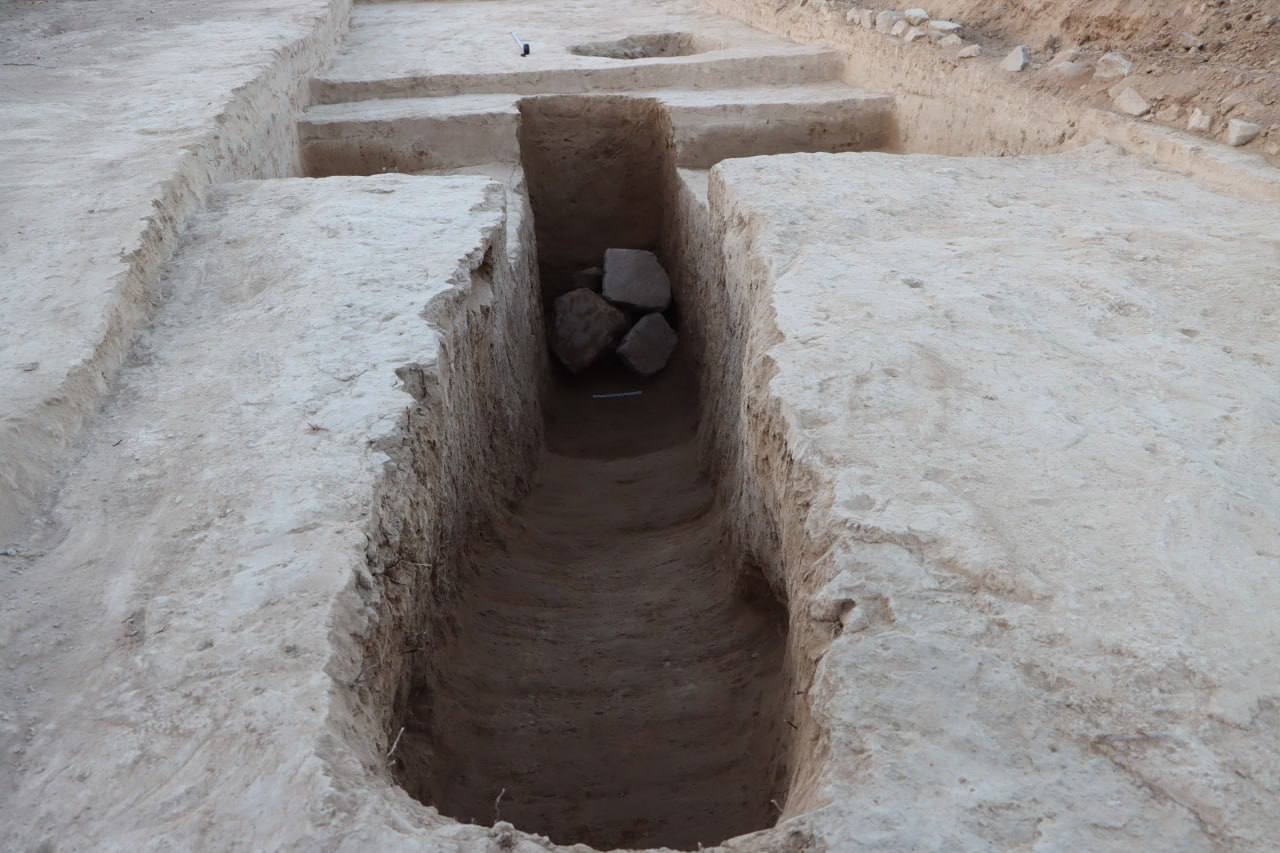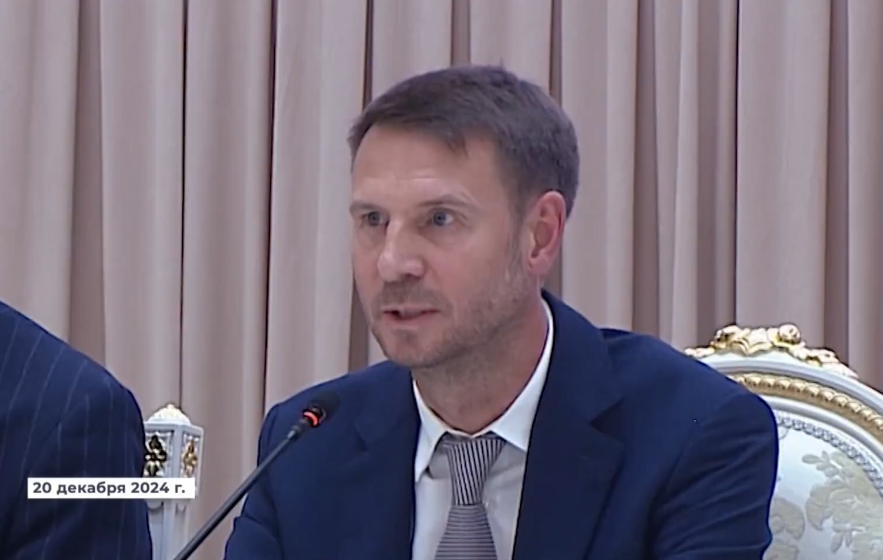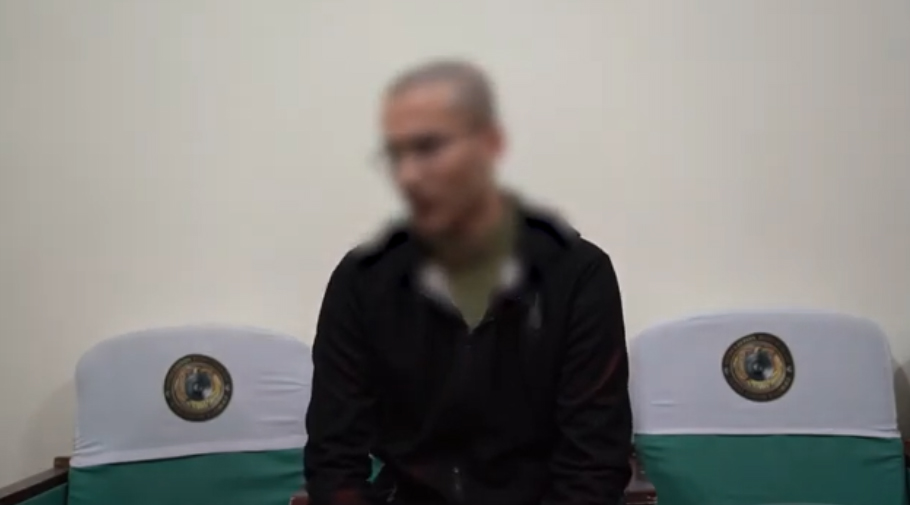This article is also available in:
Русский (Russian)
Uzbek
In the Parkent district of the Tashkent region, a unique archaeological find was made. While constructing a road leading to the “Kumushkon” farm, a farmer accidentally stumbled upon an ancient tomb, which, as it turned out, is over a thousand years old.
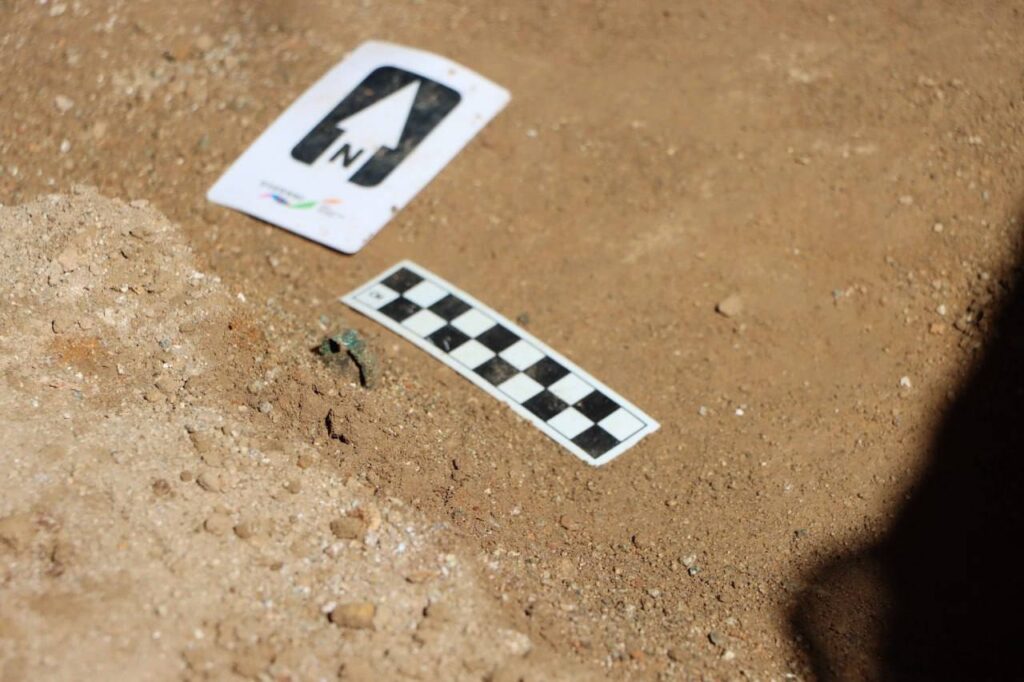
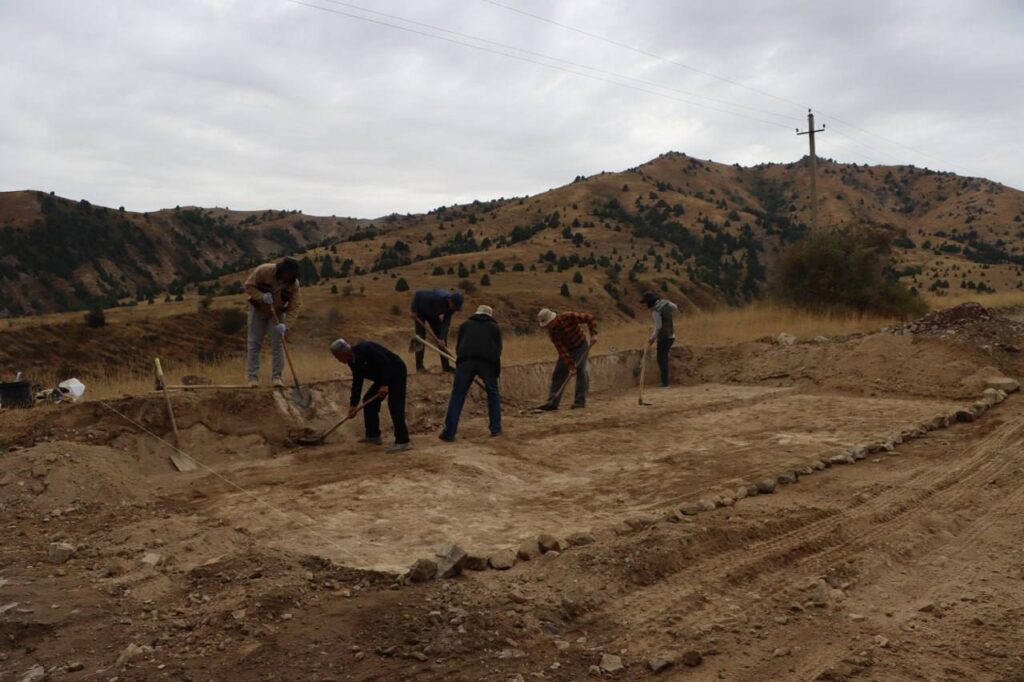
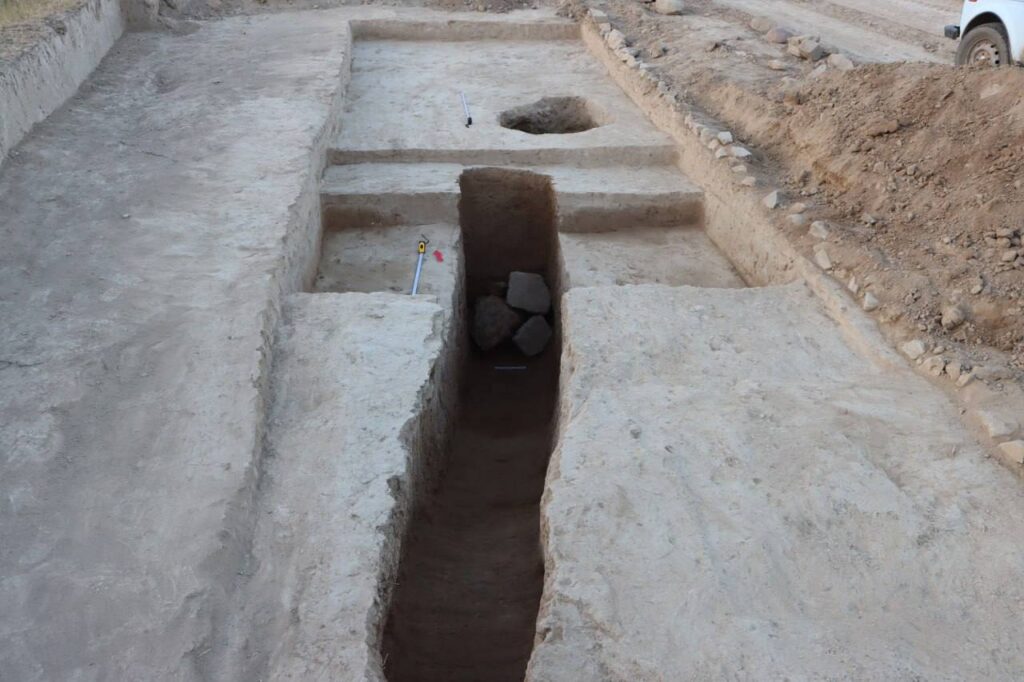
The discovery was made during earthworks when the workers noticed fragments of bones and a heavily rusted iron sword. Initial research revealed that the discovered remains belonged to an ancient burial. Further excavations confirmed that this was not just a random find but a full-fledged underground burial chamber, known as a catacomb.
During the excavation, archaeologists unearthed numerous artifacts, including a bronze ring, clay vessels, a bulla (seal), and an iron sword. These items provide important insights into the lives and rituals of the people who lived in this area many centuries ago.
According to specialists, the discovered tomb may date back to the first millennium AD. Such burials were typically associated with nomadic pastoralist tribes that inhabited the region in ancient times.
To further study the unique finds, all artifacts were sent to the laboratory of the Samarkand Archaeological Institute named after Gulyamov. Archaeological excavations at the site are currently ongoing, conducted by institute staff with the support of the Cultural Heritage Agency.
This discovery represents a significant contribution to the study of the region’s history and culture. The thousand-year-old tomb not only opens new chapters of the past but also serves as a reminder of the rich cultural heritage preserved in the land of Uzbekistan.
The text has been translated by AI. For more accurate information, please refer to the Russian version of the article.

